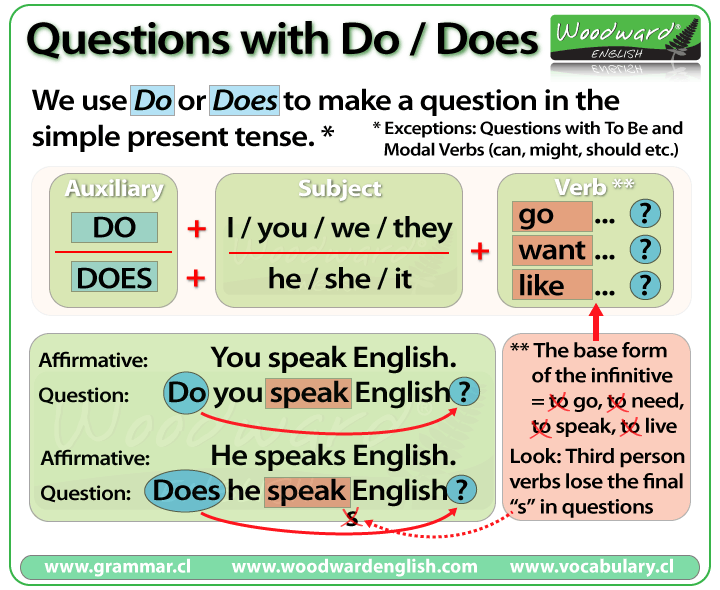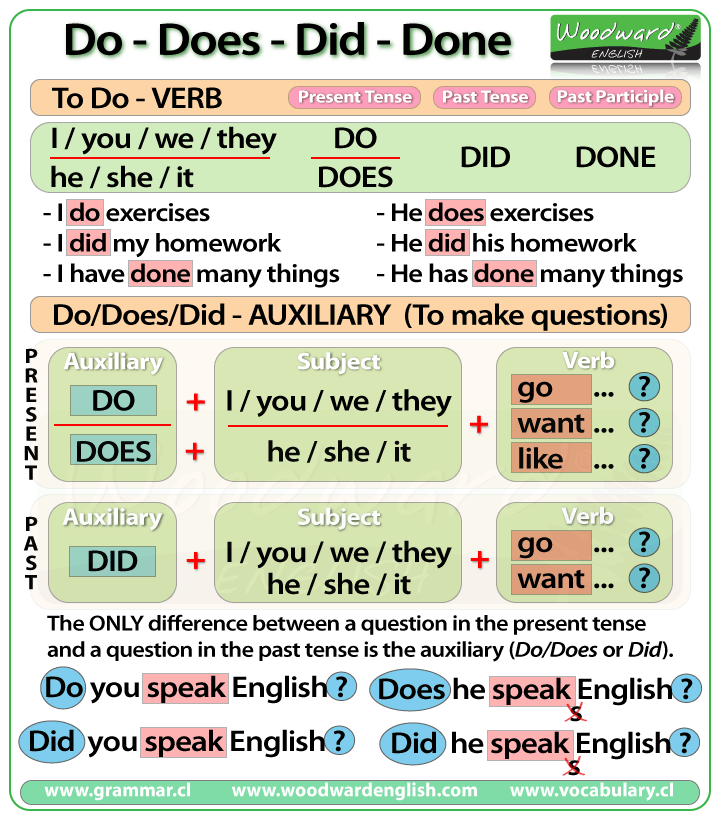What Does Green And Blue Make Do Did Done The Difference Woodward English
When blue and yellow colors are mixed together, they combine to create the color green • do and does can be used as main verbs in affirmative sentences (he does the dishes every day), or as auxiliary verbs. This happens because blue and yellow are primary colors that, when mixed, create a.
Using Do and Does, Definition and Example Sentences - English Grammar Here
Yellow and green do not make blue • do and does are used in present simple statements and questions The primary colors that combine to create blue are red and green
- Chris Jones 40 Yard Dash
- Business Class Vs First Class
- What Is A Femboy
- Mid Taper Textured Fringe
- What Is A Torta
Mixing yellow and blue will create green.
Mixing red and green makes brown Usually a brown, not quite black It also tepends on how much you use Note that green includes both blue and yellow.
If you think in terms of energy in gets very simple and logical If you have green light with energy e1 and red light with energy e2 (clearly e1 > e2), result of their mixing will. Red is a primary colour So if you mix this all together you will get

Do vs. Does: How to Use Does vs Do in Sentences - Confused Words
Answerred and yellow light make white light
Mixing a primary light colour (red, blue and green) with any secondary light colour (cyan, magenta and yellow) make white all of. Peach and blue combine to create green. When red, green, and blue light are mixed together, they create white light This is because these three colors are the primary colors of light that combine to form all other colors in the visible.
When red and blue plus green is combined, it creates a somewhat brown color in which has little black but not a lot And it somewhat depends on how much of one color you put. Pink, blue, and green together will make a muddy blueish color The pink and the green will start to neutralize each other and make a light, cool brown.

Do vs Does Questions in the Present Simple Tense | Learn English
He/she/it form of do 2
He/she/it form of do 3 Present simple of do, used with he/she/it Definition of does verb in oxford advanced learner's dictionary Meaning, pronunciation, picture, example sentences, grammar, usage notes, synonyms and more.
We’ve put together a guide to help you use do, does, and did as action and auxiliary verbs in the simple past and present tenses. What’s the difference between do vs Do and does are two words that are often used interchangeably, but they have different meanings and uses Does in british english (dʌz ) verb (used with a singular noun or the pronouns he, she, or it) a form of the present tense (indicative mood) of do 1

Using Do and Does, Definition and Example Sentences - English Grammar Here
The female of the deer, antelope, goat, rabbit, and certain other animals.
Do you know the difference between 'do' or 'does' and when to use each one That's what this article is here to explain. In the english language, auxiliary verbs play a crucial role in forming various tenses, questions, and negations Among these, do, does, and did stand out as essential tools for.
The main definition of “do” is “to accomplish an action.” the main definition of “does” is “a reference to the accomplishment of another.” both words mean basically the same.

Do, Does, Did, Done – The difference | Woodward English

DO vs. DOES | English Exercises | Learn English DO vs DOES | ESOL